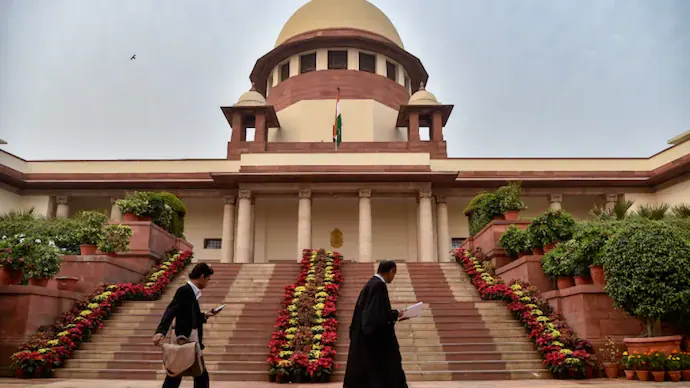Why Bank Agrees to Settlement is to expedite recovery, reduce costs, and mitigate risks associated with litigation.
Introduction
In the world of finance and banking, loan settlements have emerged as a pragmatic solution for both lenders and borrowers facing financial distress. As a financial and legal expert with vast experience in dealing with loan settlement cases, I have witnessed first-hand why banks often agree to settlements. This article aims to shed light on the rationale behind banks’ willingness to enter into loan settlements, considering specific guidelines set by the Reserve Bank of India (RBI), pertinent laws, and the pragmatic reasons why banks prefer settlement over prolonged litigation.
Reserve Bank of India (RBI) Guidelines
The RBI, as India’s central banking institution, plays a significant role in regulating the country’s banking sector. It has issued various guidelines and frameworks to encourage prudent banking practices, including addressing the issue of loan settlements. Specific RBI guidelines focus on the resolution of stressed assets, emphasizing the need for early identification and effective resolution.
One of the primary guidelines that banks adhere to is the “Framework for Resolution of Stressed Assets” issued by the RBI. This framework outlines various resolution mechanisms, including the strategic debt restructuring (SDR), the scheme for sustainable structuring of stressed assets (S4A), and the resolution plan under the Insolvency and Bankruptcy Code (IBC). These mechanisms incentivize banks to consider settlement as an option to recover their dues, especially when borrowers are willing to cooperate and negotiate in good faith.
RBI Guidelines for One-Time Settlement of Chronic NPAs up to Rs. 10 crore
- The revised guidelines apply to NPAs in the SME sector classified as doubtful or loss as of March 31, 2004.
- It also covers NPAs classified as sub-standard as of March 31, 2004, which later became doubtful or loss.
- These guidelines include cases under the Securitisation and Reconstruction of Financial Assets and Enforcement of Security Interest Act, 2002, as well as cases pending before Courts/DRTs/BIFR, with consent decree from the respective authorities.
- Cases involving wilful default, fraud, and malfeasance are not covered.
Legal Considerations – Why Bank Agrees to Settlement
In India, the legal framework also encourages banks to explore settlement options. The SARFAESI Act (Securitization and Reconstruction of Financial Assets and Enforcement of Security Interest Act, 2002) grants banks the power to take possession of collateral and sell assets without court intervention in the event of default. However, lengthy legal proceedings and asset liquidation might not always yield optimal results for both parties involved.
The Banking Ombudsman Scheme, overseen by the RBI, provides a cost-effective and efficient alternative dispute resolution mechanism for individual borrowers, further incentivizing banks to resolve disputes through settlements rather than litigation.
Cost and Time Efficiency
Engaging in litigation is a time-consuming and expensive process for both banks and borrowers. Court cases can drag on for years, leading to substantial legal fees, opportunity costs, and administrative burdens. Banks, being profit-driven entities, prefer to minimize costs and recover funds promptly to maintain their financial health. Loan settlements offer a quicker resolution, enabling banks to free up capital for further lending and investment opportunities.
Mitigating Risk and Uncertainty
Litigation can be unpredictable, and outcomes may not always favor the banks. By opting for a settlement, banks can mitigate the risk of losing a case or recovering a lesser amount than originally owed. Settling allows banks to secure at least a portion of their outstanding dues promptly, reducing uncertainty and potential losses associated with prolonged legal battles.
Preserving Customer Relationships
Maintaining positive customer relationships is vital for any bank’s long-term success. Pursuing aggressive legal action can tarnish the bank’s image and damage trust with its customers. Banks understand the value of nurturing goodwill, even in challenging financial situations. By offering borrowers a reasonable settlement, banks show empathy and willingness to work collaboratively, potentially retaining the customer’s loyalty for future business.
Conclusion – Why Bank Agrees to Settlement
Loan settlements have evolved as a sensible and beneficial strategy for both banks and borrowers, providing an efficient way to resolve financial disputes. While the RBI guidelines and relevant laws support the concept of settlements, banks also consider the cost-effectiveness, risk mitigation, and customer relationship aspects when making such decisions. As financial and legal experts, it is crucial to facilitate fair and transparent negotiations that encourage settlements, benefiting all parties involved in the process.



